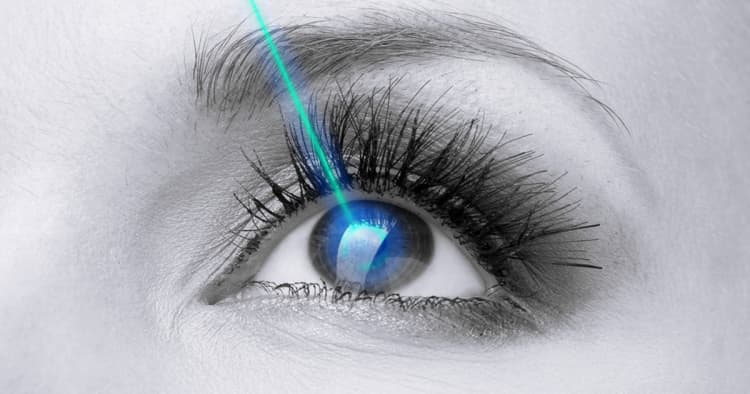Who is eligible for LASIK and Lenticule Treatments?
LASIK or lenticule treatments like SMILE and the upcoming CLEAR by Ziemer are refractive laser surgeries that can be done from 18 to 60 years old, including people with presbyopia. The aim is to reduce our dependence on glasses and contact lenses.
Are LASIK and Lenticule Treatments Suitable for People Close to Presbyopic Age?
For those who are close to presbyopic age, I usually offer a trial of monovision with trial frames (trial glasses in the clinic) and aim for a small residual myopia of about 100degree in the non-dominant eye. This will generally reduce symptoms of presbyopia for a good many years and the strategy works well for the majority of people.
For those who suffer from high degrees of eye power, being able to reduce the eye degree to zero in one eye and close to zero in the other eye still offers a significant amount of improvement in the quality of life.
For those who cannot tolerate monovision, LASIK / lenticule is still helpful. In fact, one case that stands out in my mind is a patient I treated several years ago, right at 40 years old when his presbyopia was already manifesting.
As a birthday gift to himself, he decided to get rid of his pretty thick glasses so that he could perform better at football (he could not tolerate contacts). I warned him that he may need reading glasses occasionally, and may need them more as he gets older, especially if he were to choose to see very clearly in both eyes for football.
He underwent a successful laser surgery, threw away his thick old myopia glasses, and got himself a pair of low powered reading glasses. I bet he enjoyed his football games much more too!




